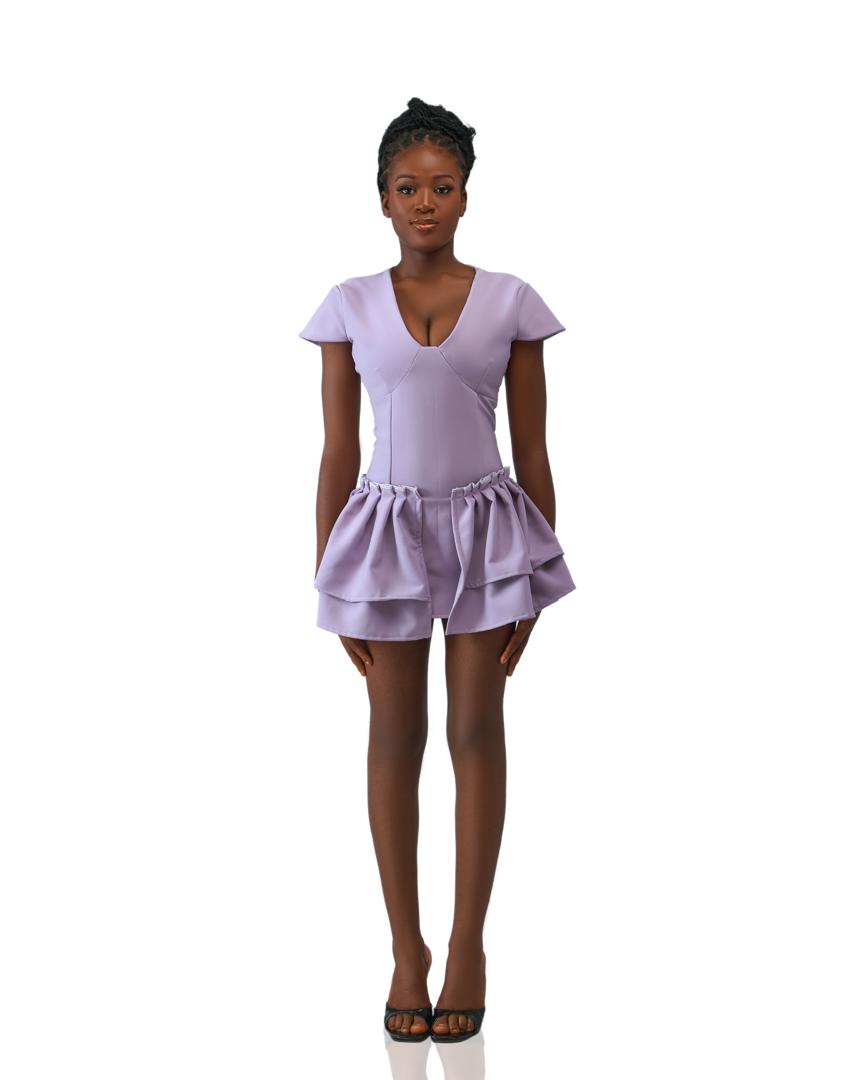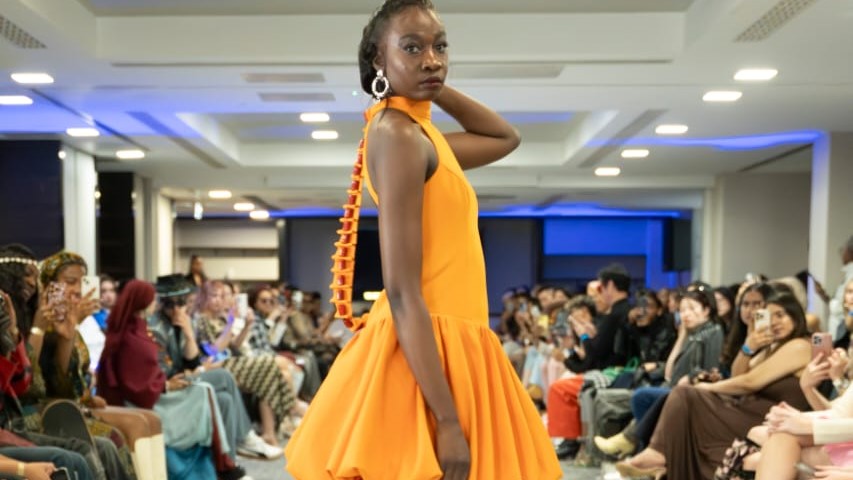 Akoto is a Ghanaian Clothing label known for its trademarked soft pieces of cotton and delicate chiffons. It is also committed to showcasing African heritage through its unique designs. Over the years, they have gained recognition in different publications and have collaborated with several printing partners with an OEKO-Tex Standard 100 certification, ensuring their textiles are free from harmful chemicals.
Akoto is a Ghanaian Clothing label known for its trademarked soft pieces of cotton and delicate chiffons. It is also committed to showcasing African heritage through its unique designs. Over the years, they have gained recognition in different publications and have collaborated with several printing partners with an OEKO-Tex Standard 100 certification, ensuring their textiles are free from harmful chemicals.
Akoto was established by Daniel Agyemang, a revolutionary Fashion Artisan whose love for anything fashion drove him into the industry. He believes that beyond the thrill of runway shows and extravagant photoshoots, there should be more to fashion. That is one of the reasons he named the brand Akoto, meaning ‘Centre of Attraction’, a fashion house that speaks volumes in advocating for the fusion of cultural heritage in fashion trends. The fashion designer is also a huge advocate for a sustainable lifestyle. He continues to showcase this even through his brand by partnering with fashion influencers like Elle, who aligns with his goal of promoting an eco-friendly fashion environment.
Retro is his latest collection inspired by some of the eccentric styles and designs of the past. Almost like a time capsule, it highlights the poise and sophistication of ancient times alongside the flair of the modern era — the perfect blend of antique charm and contemporary chic. The collection comprises two statement attires, a two-piece classy piece and an adorable mini gown.
The first piece we will be looking at in the 2020 Retro collection is a lovely outfit. It was created with a fusion of an English Awning fabric, popularly known as a striped material and an Ankara fabric, which entails a wide range of mixed colours. However, the visible shades are sky blue, faded black, and sprinkled white.
 The design features a blouse and trousers. The blouse would most likely pass off as the highlight of the dress as it holds some unique components, such as the collared neckline, gigot sleeves, peplum layers, a wrist cuff and a front zipper.
The design features a blouse and trousers. The blouse would most likely pass off as the highlight of the dress as it holds some unique components, such as the collared neckline, gigot sleeves, peplum layers, a wrist cuff and a front zipper.
The neckline adds a touch of sophistication to the garment. The puffed sleeve is similar to the type of balloon-like puffed sleeves that were launched as far back as the 1800s, which slowly diminishes the lower it gets to the wrist. The peplum layers were added to emphasise the waist, creating a flattering, curvy shape for the wearer and the wrist cuff and back zipper were finishing touches made on the dress to complete the overall appearance. The zipper, unlike many fashion clothing, is placed in the front of the top to ensure firmness and seal the dress.
On the lower half of the piece are straight-legged pants, also called ‘Relaxed Fit Pants.’ This type of pants is usually loved for the comfort it brings. They are straight fits from the waist down that don’t hug the body.
The entire piece is prodigious, but with a few modifications, it can be even better. First off, there is so much going on in the blouse. Sometimes, too many elements or features in a piece can be quite distracting. The designer can consider using the same fabric for the entire piece rather than adding the Awning fabric, which is a stark contrast to the Ankara. Also, the puffed sleeve in the upper mien is already enough of an ‘eye-catching’ feature, so the peplum area is not necessarily needed. However, to maintain the unique look of the blouse, the designer could reduce the length and puffiness of the sleeve so the look doesn’t clash with that of the peplum.
The second piece is a mini gown embodying several classic features, completed with the use of a lilac-coloured Spandex fabric, which is known for its stretchiness.
The V-neckline in this dress is slightly plunged, throwing a limelight on the decolletage area of the wearer. Contrary to many other outfits whose V-necklines have a sharp middle, the designer added a twist to this look by giving the neckline a slight curve. This unique change also adds a touch of sensuality to the overall appearance.
The Cap Sleeve is characterised by its shortness and it helps draw attention to the arm, creating a feminine flair around the look.
The cupped corset can be likened to an ancient corset called ‘Payre of Bodies, ’ which can be traced back to the 16th century. This feature creates a defined silhouette that separates and lifts the burst.
The side ruffle layers are a recreation of that feature. However, the designer added his touch to it by making a double-step drape with gathered ruffles that are woven in the conjoined area and the rhinestone zipper is a finishing touch of elegance found at the back of the dress. It’s a zipper that is boldly toothed with small shiny stones that are very attractive and classy.
The downside of the dress is the length. The designer could consider offering a replica that is longer for individuals who are not comfortable showing off their skin.






